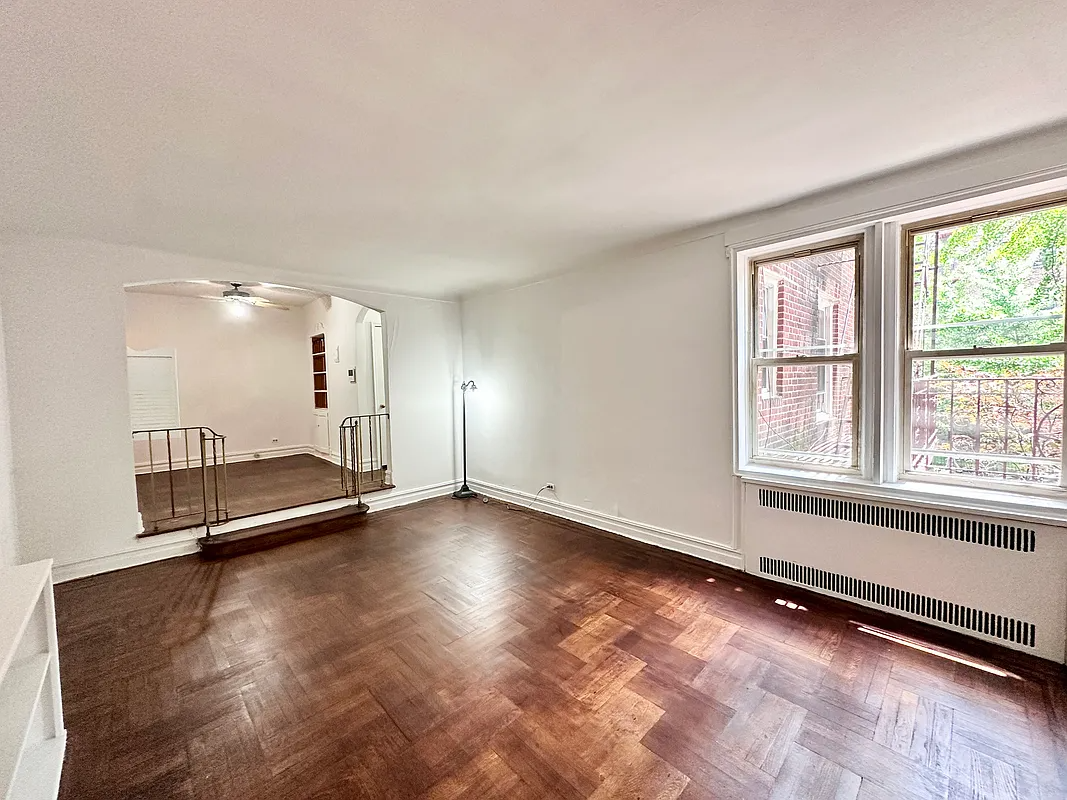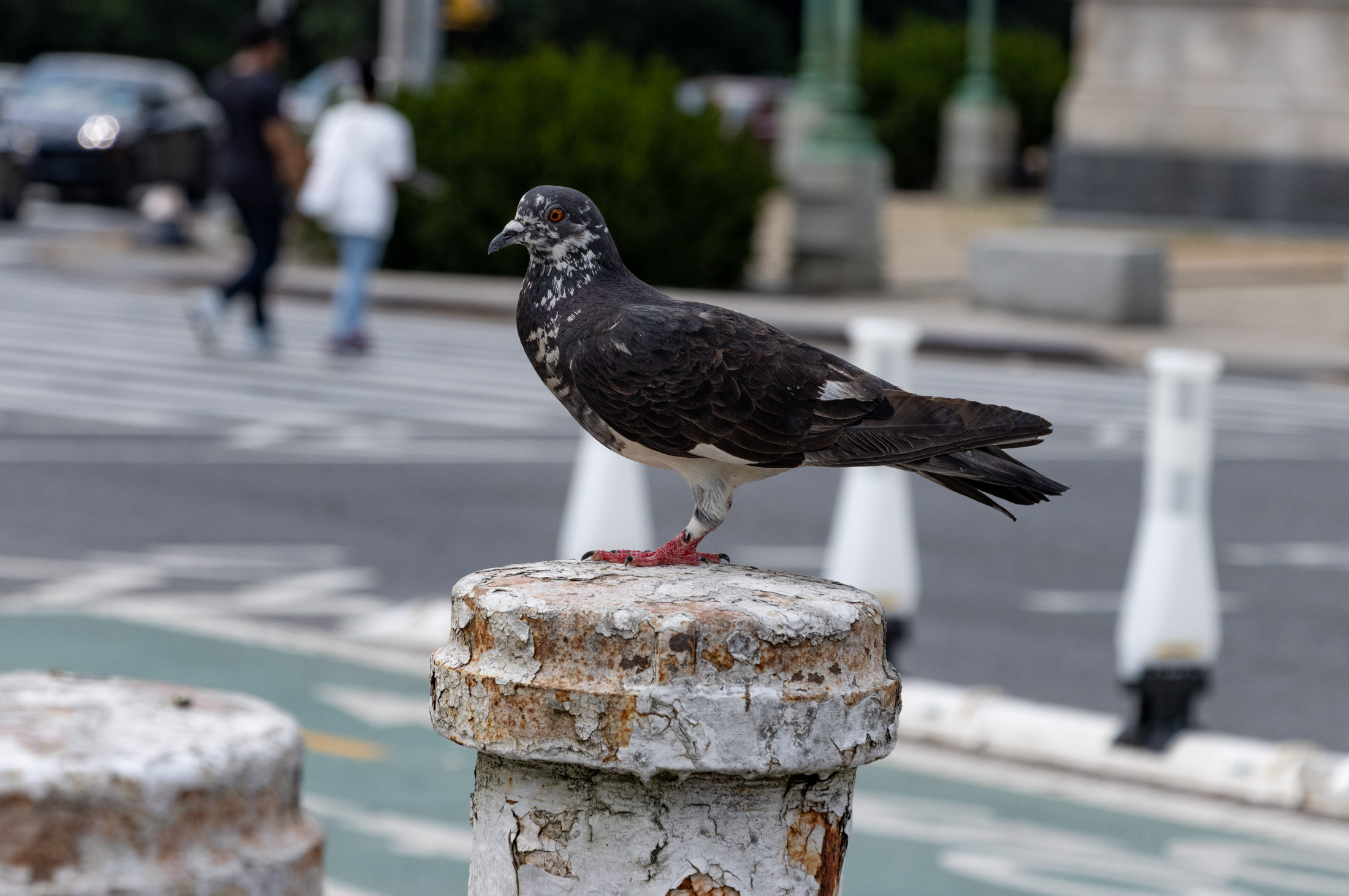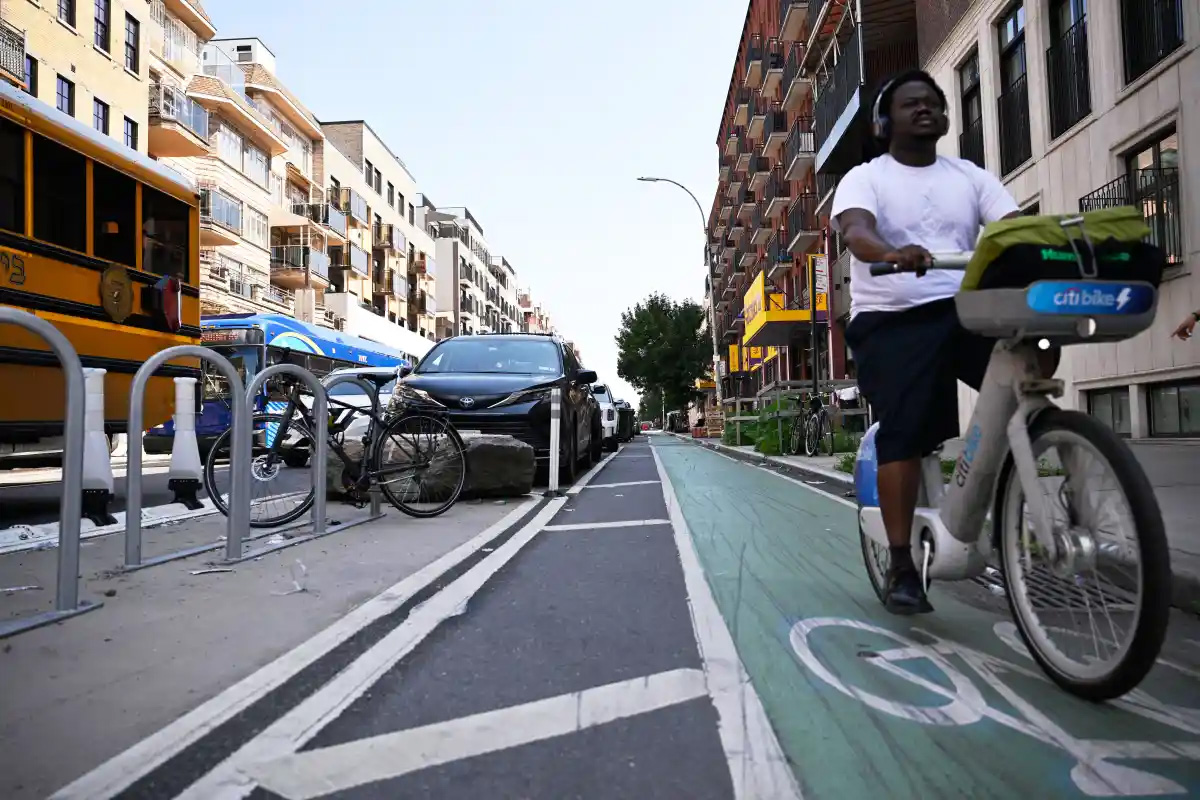A Walking Tour of the Park Slope Historic District
This post courtesy of Explore Brooklyn, an all-inclusive guide to the businesses, neighborhoods, and attractions that make Brooklyn great. More Walking Tours: Bay Ridge The Park Slope Historic District, consisting of 33 blocks in the northern part of Park Slope, is one of the most architecturally and historically rich areas of Brooklyn. It’s mostly residential, consisting of brownstones…

This post courtesy of Explore Brooklyn, an all-inclusive guide to the businesses, neighborhoods, and attractions that make Brooklyn great.
More Walking Tours: Bay Ridge

The Park Slope Historic District, consisting of 33 blocks in the northern part of Park Slope, is one of the most architecturally and historically rich areas of Brooklyn. It’s mostly residential, consisting of brownstones and other ornately decorated buildings, all built from 1862 to about 1920. The neighborhood and its tree-lined streets are a wonderful place to take an aimless stroll on a sunny day.
In 1973, The New York Landmarks Preservation Commission designated the area as a historic district, citing its “cross-section of the important trends in American architecture of the time, [including] late Italianate, French Second Empire, neo-Grec, Victorian Gothic, Queen Anne and exceptional notable examples of Romanesque Revival houses, the finest in the City and among the most outstanding in the country.” In 1980, the historic district was listed in the National Register of Historic Places.
For this walk, we’ve chosen a route that takes you past the most notable buildings and down the prettiest blocks. Take your time, bring a camera, and enjoy being in one of the most picturesque neighborhoods in Brooklyn.
Photo courtesy of NYC-Architecture.com.

The starting point: You can start either at the B/Q 7th Avenue stop on Flatbush and Park Place, or at the 2/3 Grand Army Plaza stop on Flatbush and Plaza Street. Don’t worry about walking away from Grand Army Plaza’s majestic arch…we’ll come back to that in due time. Walking down Flatbush away from the Plaza, take a left onto 7th Avenue.
 Former Lillian Ward House | NYC-Architecture.com
Former Lillian Ward House | NYC-Architecture.com
7th Avenue has traditionally been the main commercial street of Park Slope, though its liberal, family-friendly vibe has since been somewhat eclipsed by the hipper 5th Avenue down the hill. This northern section, though, holds some architectural delights. On the SE corner of 7th and Sterling Place you can see the landmark Lillian Ward House (1887, Lawrence B. Valk) with its oriel window and slate roof with finials. The buildings next to it were also built by Valk for the investor Charles Pied.
 former William Thallon and Edward Bunker houses | NYC-Architecture.com
former William Thallon and Edward Bunker houses | NYC-Architecture.com
At the next corner, on the right, you’ll see two churches on either side of St. John’s Place: St. John’s Episcopal Church (Chapel: 1889, Edward Tuckerman Potter; Church: 1885, John Rochester Thomas) and Memorial Presbyterian Church (1883, Pugin & Walter). Memorial Presbyterian has Tiffany windows in both its church and chapel. Take a second to peek down St. John’s Place, next to Memorial Presbyterian, to check out the William Thallon and Edward Bunker houses at 176 and 178. Their French and German ornamentals are unusual for the neighborhood, and if you look closely you can see the caduceus meant to indicate that they were both doctors.
On the corner of 7th and Lincoln Place is the Brooklyn Conservatory of Music (1881, S. F. Evelette), originally a private home and once the home of the Park Slope Masonic Club. Take a left onto Lincoln Place to begin your tour of Park Slope’s side streets. On your left in the middle of the block you’ll see the prestigious Berkeley Carroll School (1992, Fox & Fowle Architects), a newer building designed to match the feel of the neighborhood.
 Detail of the Montauk Club | Beyond My Ken via Wikimedia
Detail of the Montauk Club | Beyond My Ken via Wikimedia
When you get to 8th Avenue — along with 6th Avenue and Prospect Park West, one of the primarily residential avenues of Park Slope — you will see the marvelous Montauk Club (1891, Francis H. Kimball), a Venetian Gothic palazzo with a frieze between the third and fourth floors representing various tableaus of the Montauk tribe. This private social club frequently rents out the building for weddings and other events.
 Thomas Adams, Jr. House | NYC-Architecture.com
Thomas Adams, Jr. House | NYC-Architecture.com
Turn right onto 8th Avenue, and walk the four blocks to Carroll Street. Along the way you’ll see a lot of interesting landmark buildings, including 64 and 66 8th Avenue (1889, Parfitt Brothers), 70 8th Avenue (1890s), The Montessori School (1916, Helmle, Huberty), and the Thomas Adams, Jr. House at 119 8th Avenue (1888, C. P. H. Gilbert) — the latter an imposing Romanesque Revival structure made of red sandstone and Roman brick.
 Houses on Carroll Street and Montgomery Place | NYC-Architecture.com
Houses on Carroll Street and Montgomery Place | NYC-Architecture.com
Take a left onto Carroll Street for a quick trip around the block. Carroll Street (1887-1911) and Montgomery Place (1888-1904), between Prospect Park West and 8th Avenue, are two of the most impressive blocks in Park Slope. Walking down these tree-lined streets, you can see the coming and going of various styles over the turn of the century (Romanesque Revival, Renaissance Revival, Neoclassicism) and the work of such varied architects as C. P. H. Gilbert, Hornium Brothers, George B. Chappell, and R. L. Daus, Napoleon LeBrun & Sons, E B. Langston, and William B. Greenman.
 Congregation Beth Elohim | NYC-Architecture.com
Congregation Beth Elohim | NYC-Architecture.com
Having made your way back up Montgomery Place to 8th Avenue, take a left. On the next corner you will see the Congregation Beth Elohim (1908-1910, Simon Eisendrath & B. Horowitz), a magnificent limestone Beaux-Arts synagogue. From here, take a right onto Garfield Place and another right onto Fiske Place, a quiet, one-block side street hidden between 7th and 8th Avenues. The rowhouses from 12 to 16 Fiske Place feature some lovely bas relief.
 Carroll Street brownstones | NYC-Architecture.com
Carroll Street brownstones | NYC-Architecture.com
Take a left onto Carroll Street, towards 7th Avenue. This block has a long row of typical Park Slope brownstones on the north side of the street. At the end of the block, take a left onto 7th Avenue and take a break from architectural study to get a snack or do some shopping. (For more info on stores to check out on 7th Avenue, check out our guide to the heart of the Slope.)
 640 2nd St., one-time home of a future president | Untapped Cities
640 2nd St., one-time home of a future president | Untapped Cities
At 2nd Street, take a left to go back up the hill to the park. The block between 8th Avenue and Prospect Park West has been home to some famous people, including authors Jonathan Safran Foer and Nicole Krauss, and, back in the 1980s, a young Barack Obama.
 Brooklyn Society for Ethical Culture and Poly Prep Lower School | NYC-Architecture.com
Brooklyn Society for Ethical Culture and Poly Prep Lower School | NYC-Architecture.com
At Prospect Park West, take a left towards Grand Army Plaza. There are some interesting buildings to check out here, including the meeting house of the Brooklyn Society for Ethical Culture (1901, William B. Tubby, built for the inventor of Bon Ami cleansing powder), and the Poly Prep Lower School (1892, Montrose W. Morris). But the real architectural wonder is Prospect Park itself, the masterpiece of Frederick Law Olmsted and Calvert Vaux, who also designed Central Park.

Grand Army Plaza was designed by Olmsted and Vaux in 1867, to serve as a suitably impressive entrance to Prospect Park. Flatbush, Prospect Park West, Vanderbilt Avenue, and Eastern Parkway (also designed by Olmstead and Vaux, who coined the term “parkway”!) all meet in an inner traffic circle around our own mini-Arc de Triomphe, the Soldiers’ and Sailors’ Arch. Around the Plaza stand large pre-war apartment buildings, various fountains and statues, tree-covered berms, the main branch of the Brooklyn Public Library, and the northwest entrance to Prospect Park, where there is a popular farmer’s market on Saturdays.
 47 Plaza Street West | Brownstoner.com
47 Plaza Street West | Brownstoner.com
Work your way around the plaza, clockwise, down Plaza Street West. The entrance to the street is guarded by the Flatiron-like, Italian Renaissance–style 47 Plaza Street West (1928, Rosario Candela). It’s not a landmark yet, but our fingers are crossed.
At the end of the block, you come to the 2/3 Grand Army Plaza station, where you can head home. Or you can take a left on Flatbush and walk two blocks to the B/Q 7th Avenue station. If you decided to stick around for a bite to eat, check out these guides for 7th Avenue, 5th Avenue, and Flatbush Avenue.
NOTE: Many of the photographs and the architectural background in this post come from NYC-architecture.com, which in turn gets much of its information from the indispensable AIA Guide to New York City.
More Walking Tours: Bay Ridge
Businesses Mentioned Above
[blankslate_pages id=”d536041e4e246b, d53c598037973a, d53c599fc62e60, d53603ae113b7f, d536045275a5e5, d5360726e08a05, d5360690b8fa31, d5360412c263c3″ type=”card” show_photo=”true” utm_content=””][/blankslate_pages]





What's Your Take? Leave a Comment